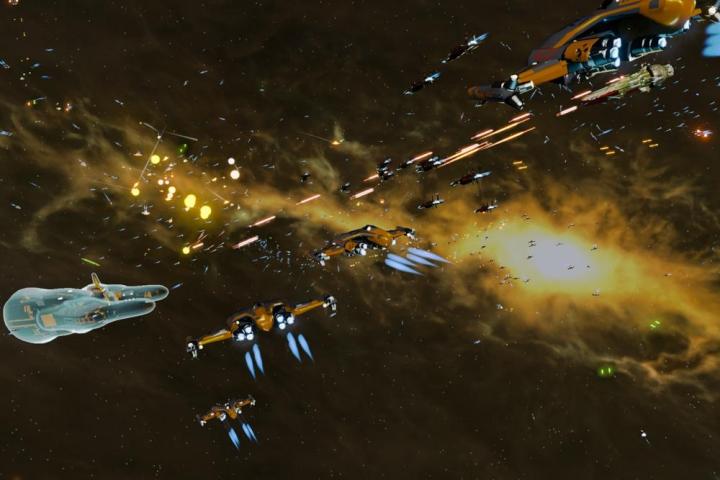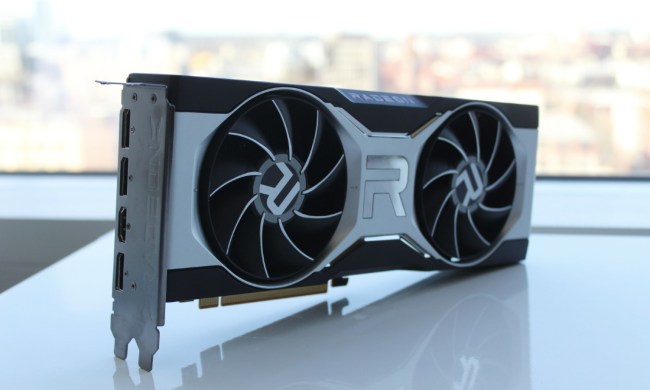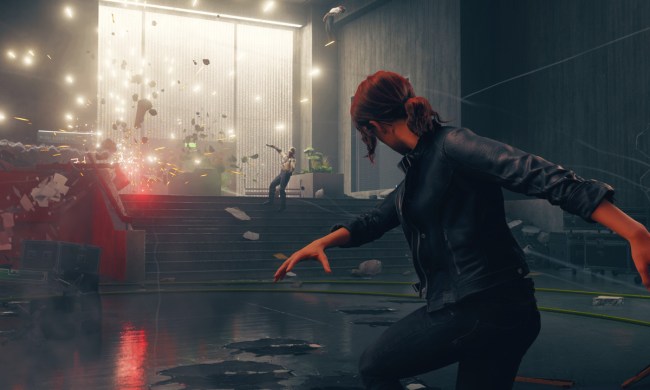
Anandtech managed to get its hands on a variety of DirectX 12 hardware, the proper drivers, and a benchmark called Star Swarm. The test, which uses a game engine called Nitrous, pushes graphics cards to the limit with a very high number of “draw calls” caused by a huge swarm of 3D ships on-screen. It’s an ideal scenario for testing a new “low-level” API like DX12, which is specifically built to address such issues.
So, what happened? Amazing things. The largest improvement occurred alongside AMD’s Radeon 290X, which leaped from an average framerate of 8.3 per second at Extreme quality (with DirectX 11) to an average of 42.9FPS. That’s a massive boost. Nvidia’s cards performed better in DX11, reducing the relative gain, but DX12 still more than doubled results on most hardware.
Related: Microsoft reveals the details of DirectX 12
This huge improvement is not going to occur in every game. Star Swarm presents a scenario that’s optimal for a low-level API, and it’s coded to take advantage of the benefits such an API provides. Still, the benchmark shows that DX12 will let game developers achieve scenarios once near-impossible with even the quickest hardware.
DX12 isn’t the only API that performs in Star Swarm. Anandtech also tested Mantle on AMD cards and found it offers more-or-less similar performance benchmarks. Mantle was often quicker, in fact, though only by a single frame or two per second.
Processor scaling was tested, as well, to see if DX12 changed the relationship between game graphics performance and the number of processor cores active. The verdict? Microsoft’s latest graphics API seems to make CPU core count less relevant unless paired with a very powerful GPU. That’s good news for gamers trying to get by with an old dual-core desktop or laptop.
On the whole, the results of this early benchmark run are promising. At the least they show DX12 is doing its job and is able to compete with Mantle, AMD’s own graphics API. The results also suggest DX12 will help developers extract more from rigs with slow processors. Yet the numbers are just a small snapshot; it’ll be months before the full picture comes into focus.



